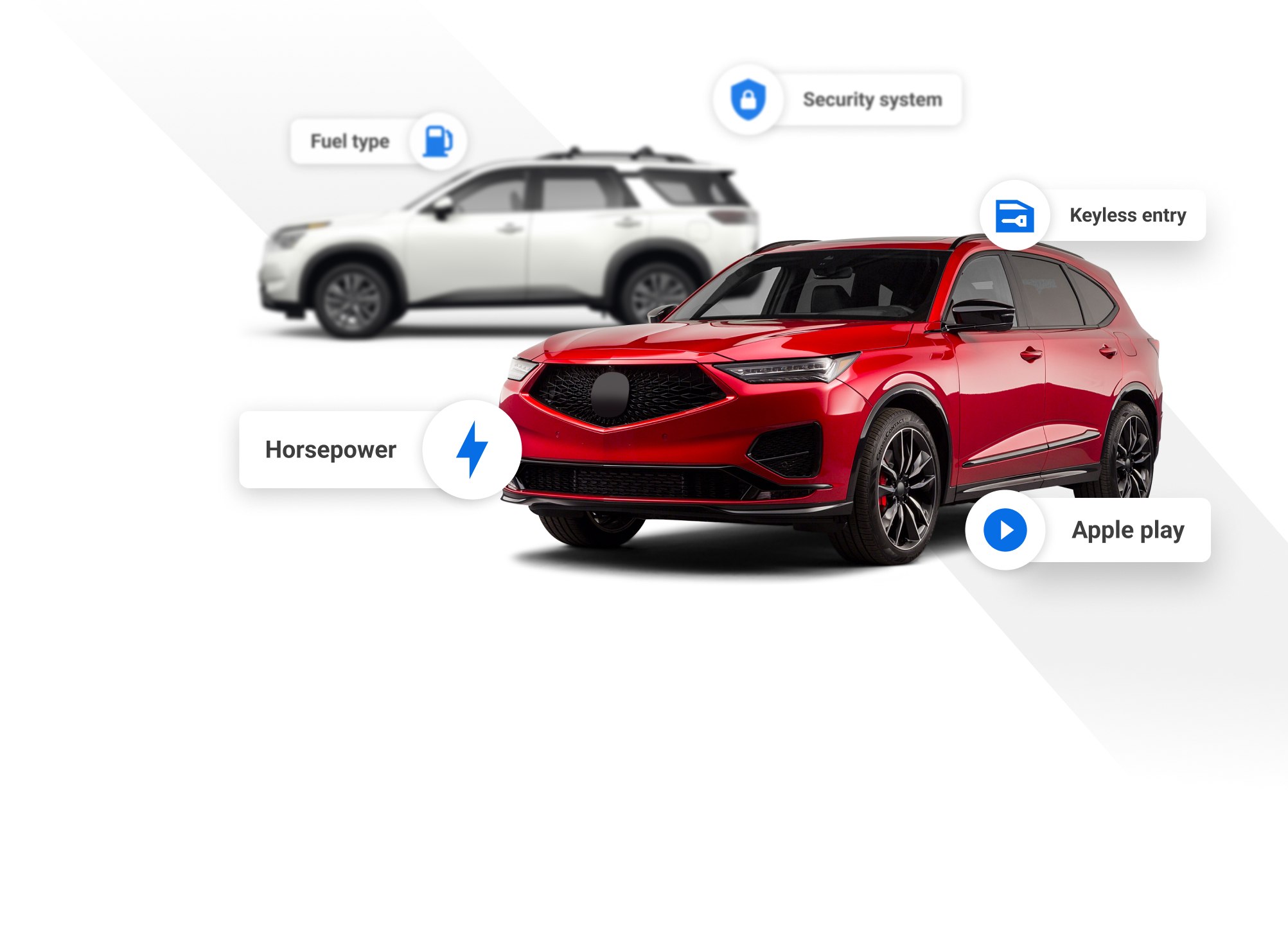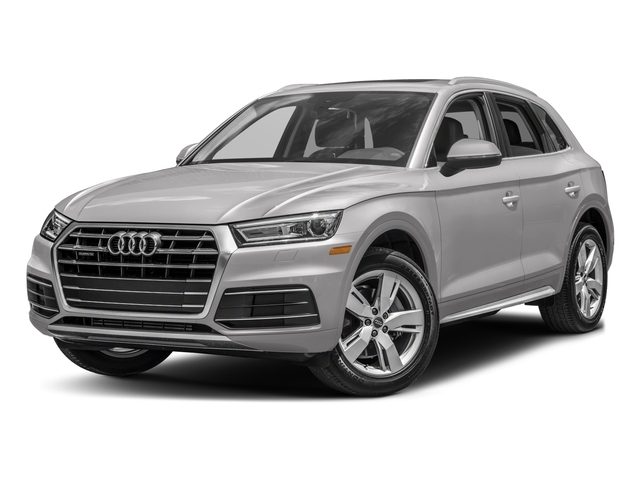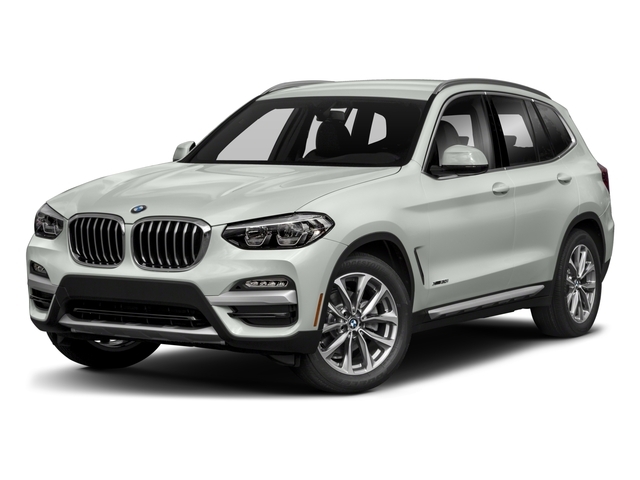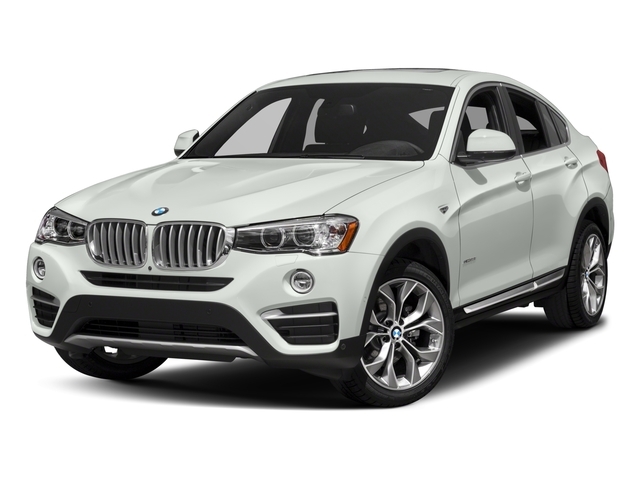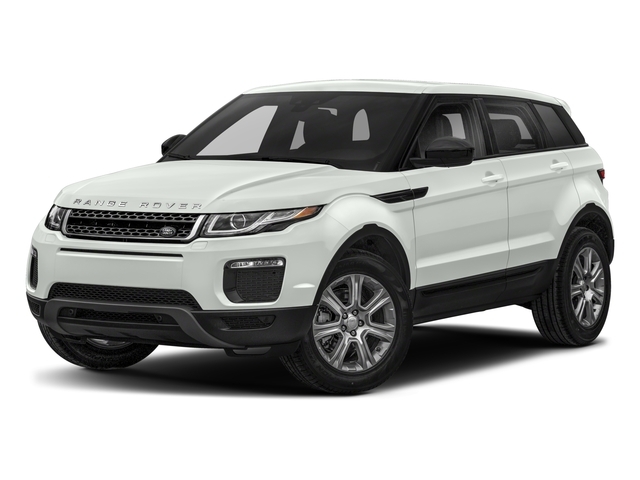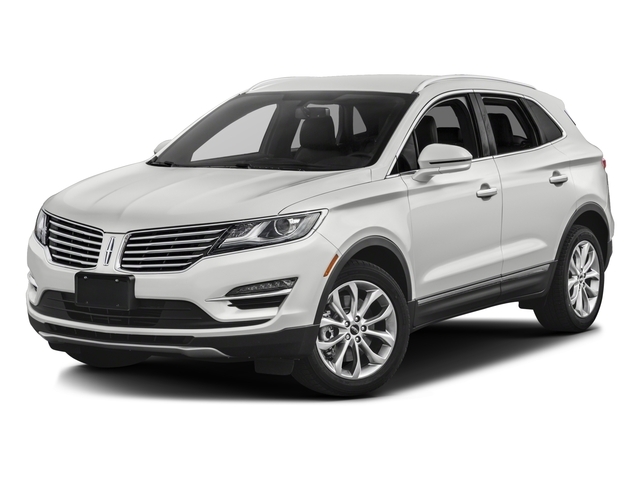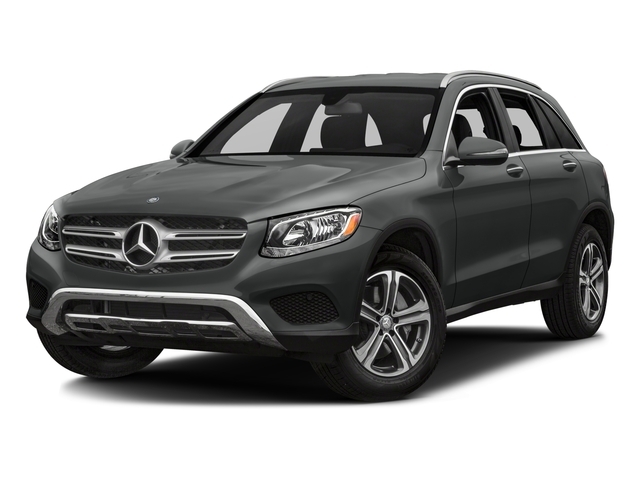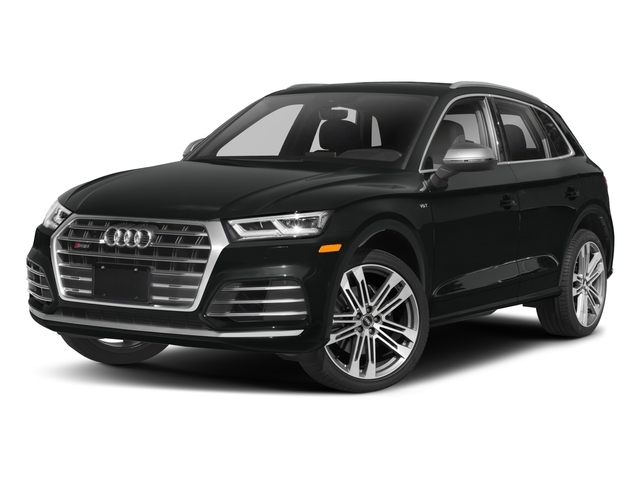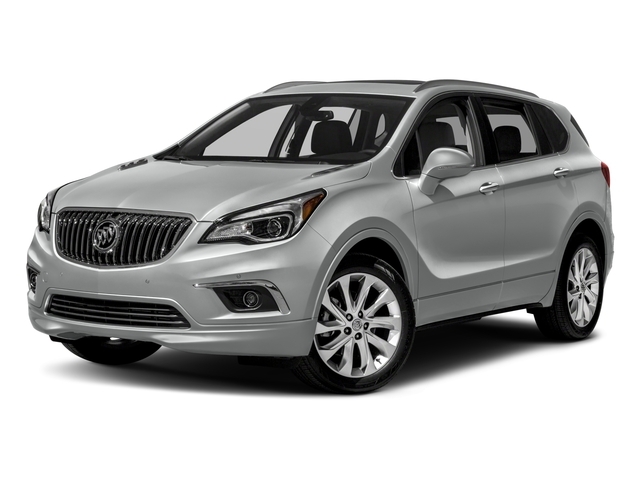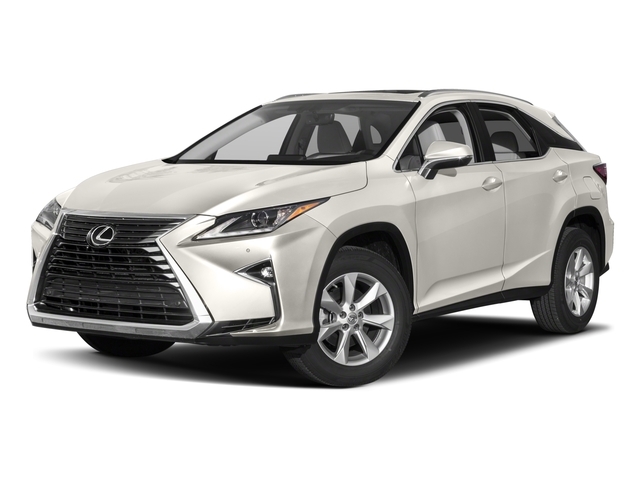
2018 Lincoln MKX


Key Specifications for 2018 Lincoln MKX






Buyer’s Guide
Platform sharing is not what it used to be. This practice, long widely used by domestic automakers who produced cars under different brand labels, is now a more sophisticated activity, and its that sophistication that allows Lincoln to take the bones of a Ford Edge and turn it into its MKX, the upscale vehicle you see here.
That's significant, because it takes a lot of work to compete in a mid-size crossover category against vehicles like the BMW M5 and Mercedes-Benz GLE-Class.
And there are more parallels between the MKX and those German models than you'd guess at first glance: this Lincoln comes with a lot of high-tech kit and can be optioned with a turbocharged engine, a trick that the German auto industry helped propagate.
For 2018, the MKX is unchanged, so the star of the powertrain show remains a 2.7L turbo V6 with 335 hp and 380 lb-ft of torque, figures that look good next to those for six-cylinder versions of the BMW X5 and Audi Q7. The MKX's standard power source is a 3.7L V6 that makes 303 hp and 278 lb-ft. Both engines come standard with AWD and a six-speed automatic transmission.
Lincoln makes the MKX in a pair of trim levels called Select and Reserve. Standard features include remote engine start, dual-zone automatic air conditioning, passive keyless entry, a part-digital gauge cluster with a customizable display, hands-free power tailgate, ambient lighting, power-folding side mirrors, HID headlights and LED taillights, SYNC 3 infotainment, power-adjustable steering column, 10-speaker stereo, Bridge of Weir leather seating, 18-inch wheels and a drive mode selector.
Reserve trim adds 20-inch wheels, adaptive headlights, ventilated front seats, panoramic sunroof, blind spot information sensors, navigation, heated rear seats, automatic high beams and a heated steering wheel.
Acura's MDX and the Infiniti QX60 are both a little bigger and boast three rows of seating, which Lincoln doesn't offer until you move up to the ungainly looking MKT. This is a nice vehicle to drive, particularly with the turbo engine, and has a nicely finished interior. The only piece of the puzzle we don't like is Lincoln's weird push-button gear selector.
While the 2.7L engine is the stronger of the two, its fuel consumption estimates are lower, at 14.1/9.8 L/100 km (city/highway); the 3.7L engine's ratings are 14.3/10.3.
Review & Compare:
Photos

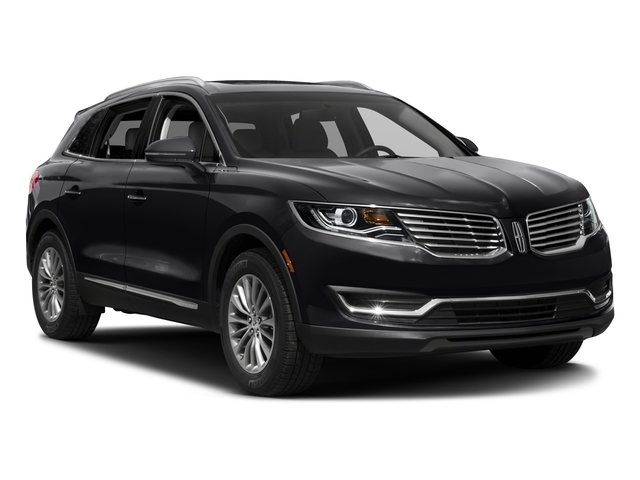
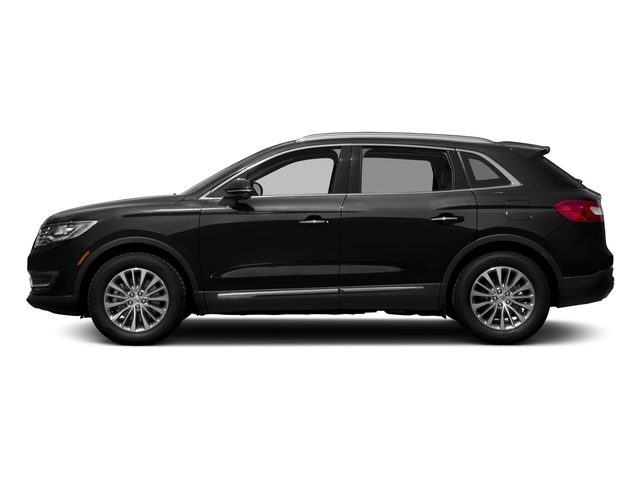
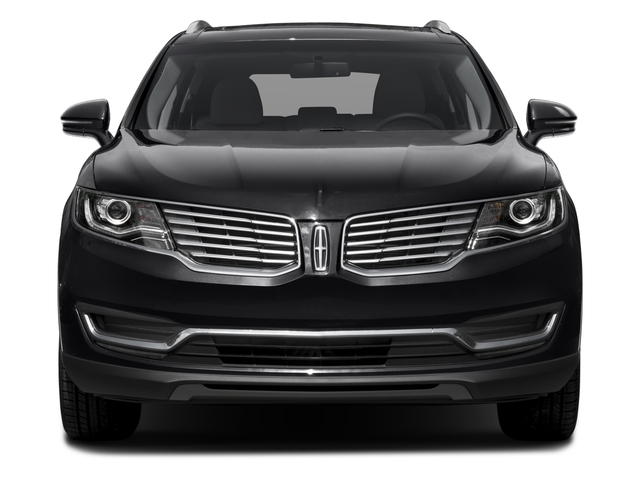

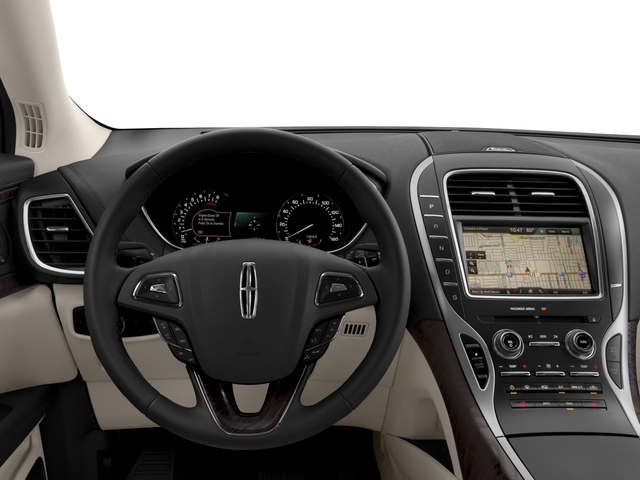
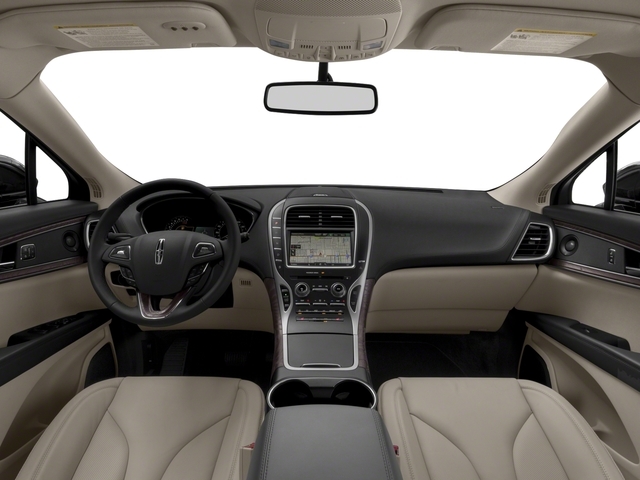
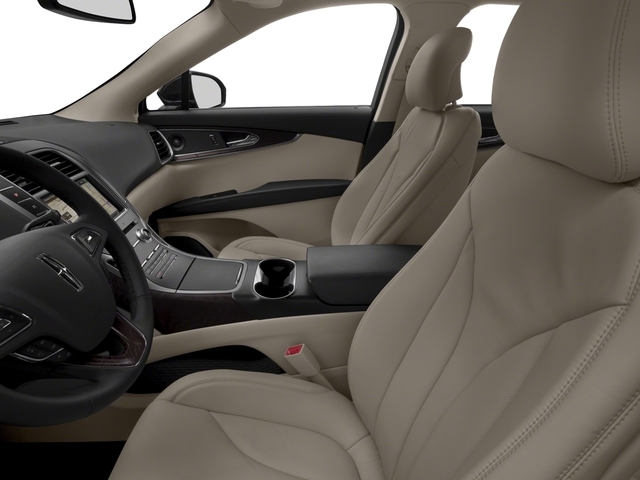
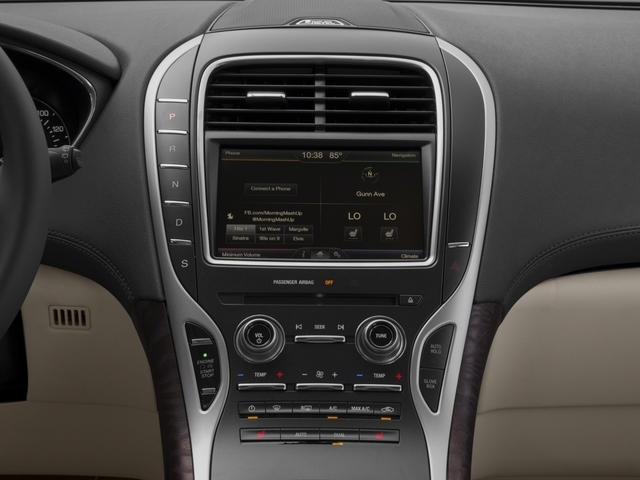
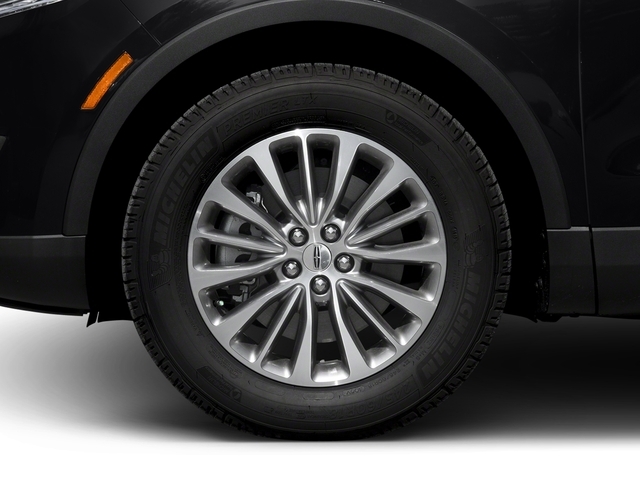
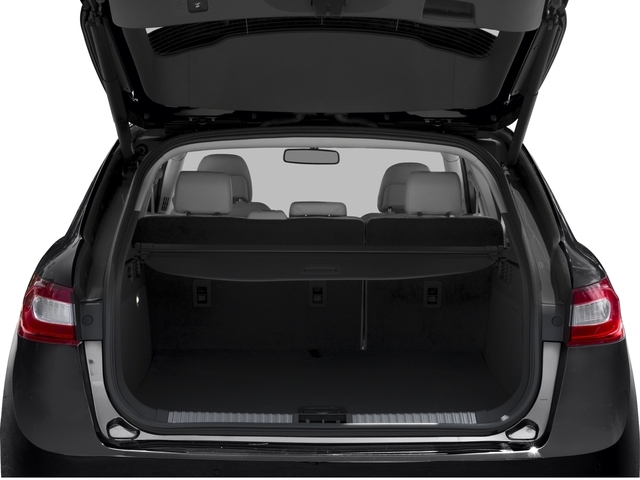
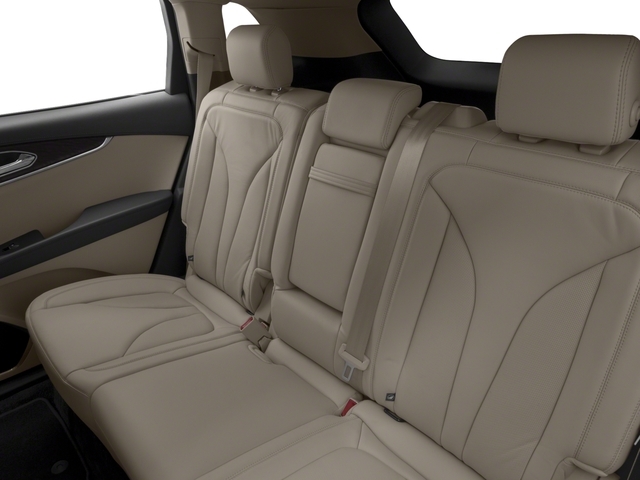
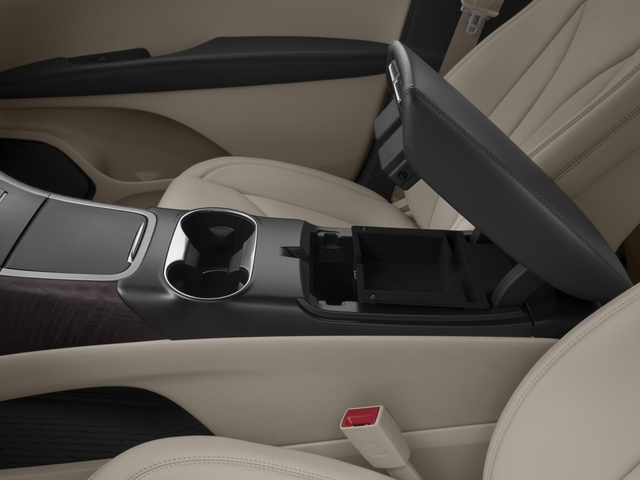

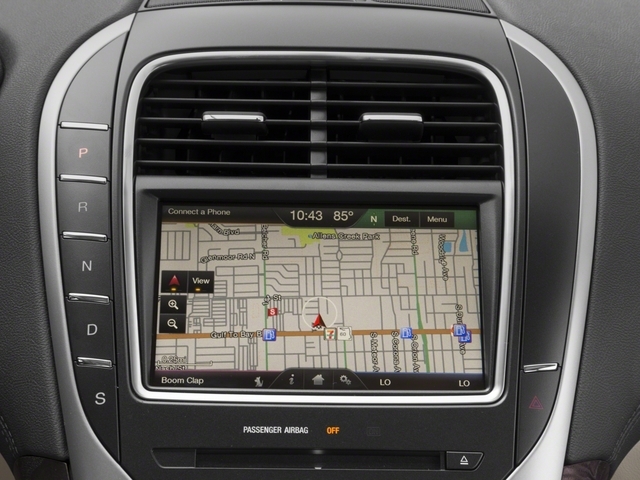















AutoTrader Review


This vehicle has not yet been reviewed



